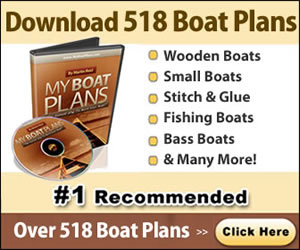

A READER in Anchorage, Alaska, who calls himself or herself “Iceberg” asks if I could repeat a column I recently wrote about balance in sailboats. Well, I don’t remember writing about that subject recently, but I did write about it many years ago. So here’s hoping that this is what you’re after, Iceberg:
THERE ARE MANY DESIGN FAULTS that sailboat owners will admit to, but unseaworthiness is not one of them. A skipper might well shrug off a lack of accommodation. He or she might well agree the boat is slow, or hard on the helm. But nobody wants to own an unseaworthy boat.
Seaworthiness is the happy result of a lot of factors but there is one that is often overlooked. It’s called balance.
According to Tony Marchaj, a sailor, pilot, naval architect, and research scientist, “Almost by definition, seaworthiness cannot be achieved if the boat is badly balanced.”
So what do we mean by balance? That question was answered by a famous British designer, J. Laurent Giles. He said good balance is “freedom from objectionable tendencies to gripe or fall off the wind, regardless of angle of heel, speed or direction of wind.”
He added that a well balanced boat had an easy motion in a seaway, that is, she passed easily over the waves, neither tending to plunge the bow deeply into the next wave ahead, nor throwing her nose high in the air as a wave passed the fore body. She would also unfailingly lift her stern to a following sea.
“One requires of the balanced yacht that she should retain the utmost docility and sureness of movement in manoeuvering at sea, in good or bad weather,” he added. “She must maintain a steady course when left to herself, but must be instantly responsive to her helm so that the heavier seas may be dodged if circumstances permit. She must be capable of being left to her own devices, sailing, hove-to, or under bare poles.”
That sounds like a very tall order to me. What sort of hull has this wondrous quality of balance? Here’s Marchaj again:
“In a narrower sense, this means that the inherently balanced hull does not substantially alter its longitudinal trim, and does not alter its course during the process of heeling and rolling.” In other words, to be well balanced, a hull, when heeled, should immerse about the same volume of topsides forward and aft.
Marchaj points out that many of the good old boats still sailing now were either designed for, or affected by, the old International Offshore Rule, which produced shallow, beamy hulls with pinched bows. “Usually, when they heel, the stern is lifted and the bow falls. Consequently, these boats are difficult to control by rudder and are unseaworthy.”
If the bow digs in as the boat heels, a boat will try to round up into the wind, of course, not only because of the wedge effect of the forward sections but also because the center of lateral resistance has moved forward while, at the same time, the center of effort of the sails has moved outward and gains more leverage. This is when the person at the helm suddenly finds the tiller up under his chin. Not that it does much good if the boat heels too far and the rudder comes out of the water.
Luckily, most of us don’t often sail in sea conditions that challenge the full seaworthiness of our boats. But if you should be of a mind to cross an ocean or sail around Cape Horn, balance might be a good thing to keep in mind as you search for the right boat.
Today’s Thought
Everything splendid is rare, and nothing is harder to find than perfection.
— Cicero
Tailpiece
“Are you allowed to smoke at school?”
“No.”
“Are you allowed to drink at school?”
“Of course not.”
“How about dates?”
“Oh, dates are fine, as long as you don’t eat too many.”




0 comments:
Post a Comment